Warning: If you have not yet seen the film, there are spoilers in the following article, and I urge you to get to your closest cinema immediately to see it for yourself.
Now, I don’t usually write movie reviews, but when I do, it’s because there was something phenomenal about them. I could gush and prattle on and on regarding everything I loved about “Wonder Woman”, but I will spare the internet.
This was such an important film. I don’t know about you, but I grow tired of the overly sexualized and one-dimensional heroines and female leads in movies. In the last few years, characters like Katniss, “X-Men”’s Storm and Jean Grey and Netflix’s “Supergirl” have emerged as strong female characters in the genre.
My favorite heroine to date?
Wonder Woman.
In the year of the historic Women’s March on Washington, a time when many threats are being made to women’s rights and healthcare, the world needs a female superhero and that superhero is Wonder Woman.
The film has far reaching implications for feminism, but I will break them down into three points: the love interest, wardrobe and character.
About her love interest:
Chris Pine plays military spy Steve Trevor, a man who finds himself washed ashore an island of Amazonian Women. Through their journey to man’s world to end the war and defeat the god Mercury, the two fall in love.
Though perhaps a tad cliché, their romance is not central to the plot of the movie, you don’t even see them have sex, which by today’s movie standards is rare--unlike films like “Bridget Jones’ Diary” and others that have strong female leads, but the focus of the story is primarily about their love life.
“Wonder Woman” focuses on Diana Prince, or at least that's how she is referred to in the world of man, who later becomes Wonder Woman.
In his piece for Vox, writer Alex Abad-Santos explains Trevor’s role in relation to the protagonist, “If we go by the traditional superhero movie rubric, Steve Trevor is the Jane Foster to Prince’s Thor, the Pepper Potts to her Iron Man, the Lois Lane to her Superman. But he’s more fully realized than any of those superhero girlfriends get to be”.
You get a sense right away, from the moment Prince discovers Trevor drowning, that something is going to happen between them. From the time that Trevor explains marriage and the implications at that time of sleeping next to someone without having tied the knot to a celebratory dance in the snow leading to their first kiss.
He teaches her about the good, bad and ugly that is the world of man, and I don’t mean mansplaining.
Created from clay and raised on an island of warrior women, Prince knew nothing of mankind. And though her questions befuddle Trevor at times, they develop a playful tête-à-tête.
Because of the character’s naivete, it would have been a mistake for actor Gal Gadot to play her as ditsy or simple minded, but instead, she is portrayed as curious.
Though their romance may be cut short by Trevor’s final selfless act in the film, it was well done. The movie was about Prince finding her own strength, learning her own capabilities as half-human and half-god.
Too often in movies and in real life women are defined by their relation to men and I feel as though “Wonder Woman” avoided that successfully.
Let’s talk wardrobe…
This is the Wonder Woman from the 1970s.
This is the Wonder Woman from the modern era.
Some may miss the 1970’s cape and leotard that screamed “for beautiful for spacious skies, for amber waves of grain” – or something- but what Gal Gadot’s character dons in the new movie is armor. What used to be a tiara is now a headdress.
The costume designer for “Batman V. Superman” — where we see Wonder Woman for the first time on screen — Michael Wilkinson, drew inspiration for her wardrobe from Greek and Roman warriors and gladiators.
We didn’t need another slinky, bustier and a close-up shot panning up her body so the world can see how hot she is. Yes, she’s sexy, but her attractiveness comes from her physical and inner strength.
Wonder Woman hails from an island of Amazonian women who spend their days learning how to be strong.
Costume, hair and makeup designer Lindy Hemming explains her vision for the film in an interview with Flickering Myth.
“Amazonian warriors look like strong, powerful women. That's why I decided to create the mohawks and keep everyone's hair in a tight plait. They're meant to be like gladiators in training,” said Hemming.
The movie even pokes fun at a fashion accessory intended to squeeze your ribs and organs together to make women smaller and resemble the small-waisted ideal society has put on a pedestal for so long: the corset.
It can be argued that what Wonder Woman wears is similarly shaped to a bustier or a corset, but the intentions and implications are vastly different.
The focus needed to be on Wonder Woman and the Amazon’s strength, not their sex appeal, and the film did it right.
For over half a century female leads have been lost looking for Kansas, and there have been some pretty spectacular exceptions to that, but the majority have been portrayed as one-dimensional and frankly, pathetic.
“Wonder Women” is helping change that status quo.
When it comes down to it, women are fierce and fearless, but we’re also capable of empathy, nurturing and emotional intelligence. Wonder Woman is superhuman in her belief in the goodness of mankind.
Though she is a god with enough strength to knock out an entire building and emerge from the rubble without so much as a scratch, she is also capable of limitless amounts of love.
She sees human suffering and dives into the frontlines of a battlefield to stop it. And when she is faced with the worst side of humanity she chooses to see the possibility for good.
You see her fall in love and watch loved ones die.
You see her as strong and fearless, but you also see her vulnerable and naïve.
You see her develop as a human and as a god.
Zoe Williams sums up Wonder Woman’s feminist role in film and society in her opinion piece featured in "The Guardian", “Yes, she is sort of naked a lot of the time, but this isn’t objectification so much as a cultural reset: having thighs, actual thighs you can kick things with, not thighs that look like arms, is a feminist act. The whole Prince myth, women safeguarding the world from male violence not with nurture but with better violence, is a feminist act. Casting Robin Wright as Wonder Woman’s aunt, re-imagining the battle-axe as a battler, with an axe, is a feminist act. A female German chemist trying to destroy humans (in the shape of Dr. Poison, a proto-Mengele before Nazism existed) might be the most feminist act of all”.
Prince is the personification of strength. From the way she holds herself to her boldness taking on impossible odds to stand up for the greater good, and those are just her human qualities.
Wonder Woman is a superhero for young men and women to look up to. She’s the hero we all need.

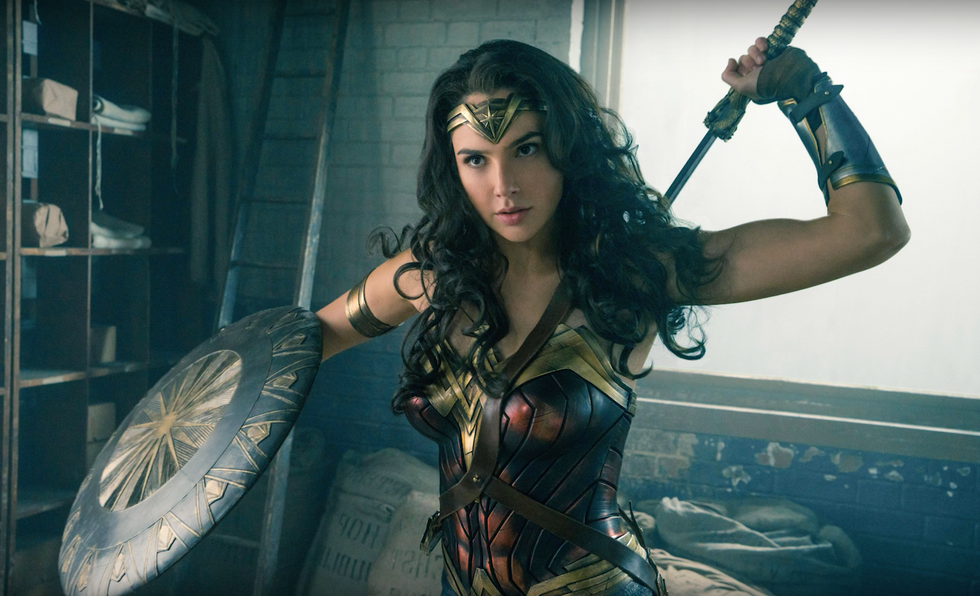
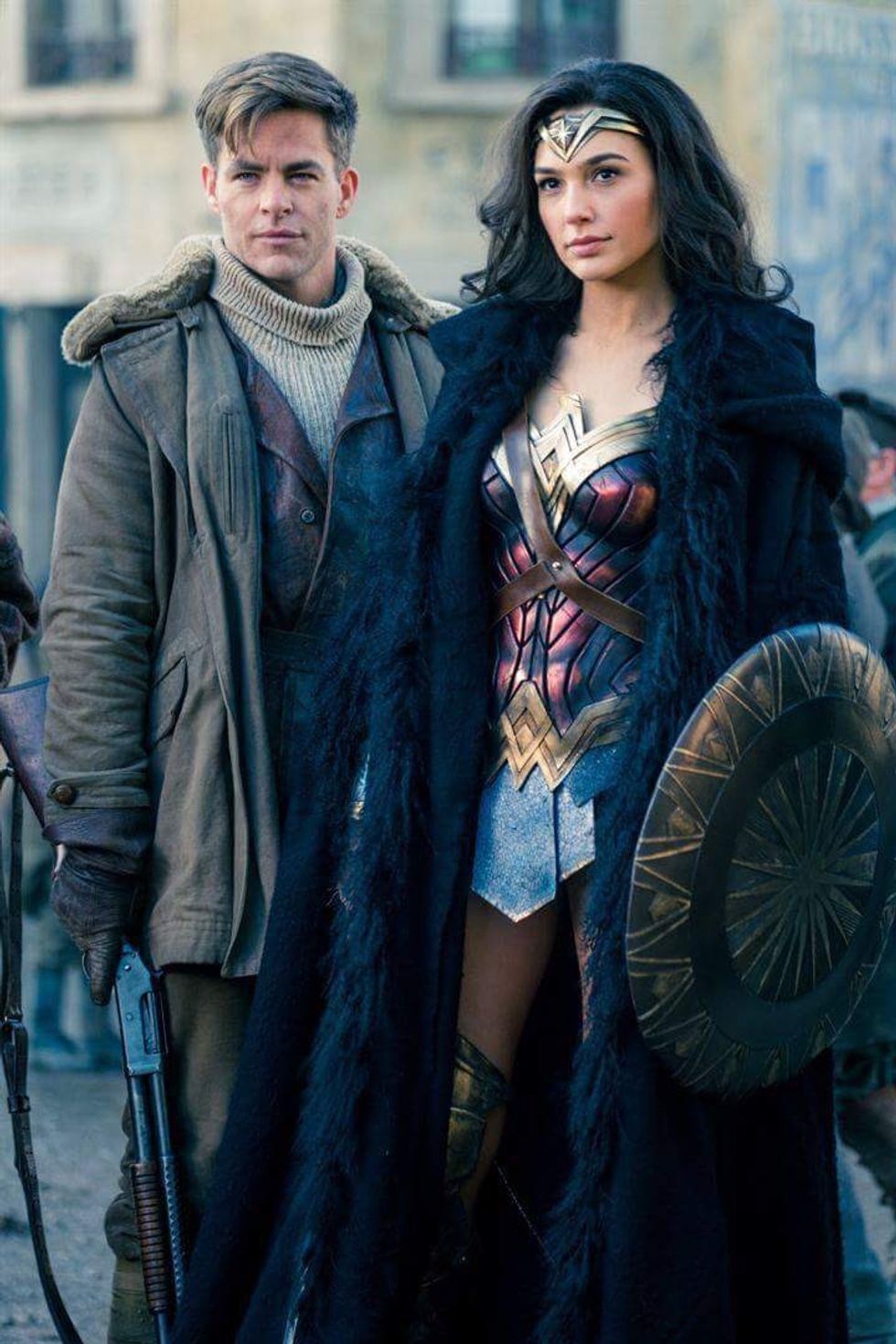
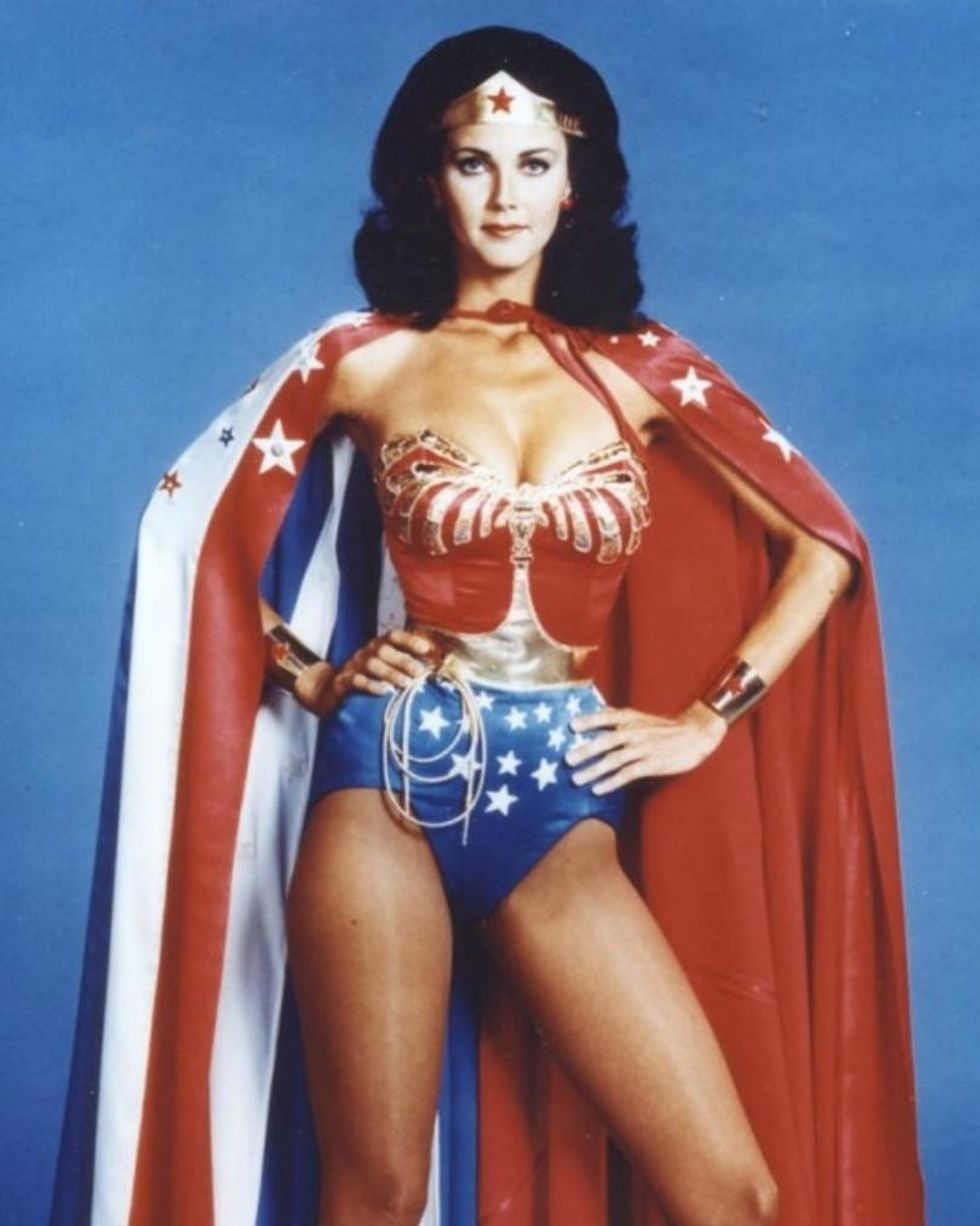
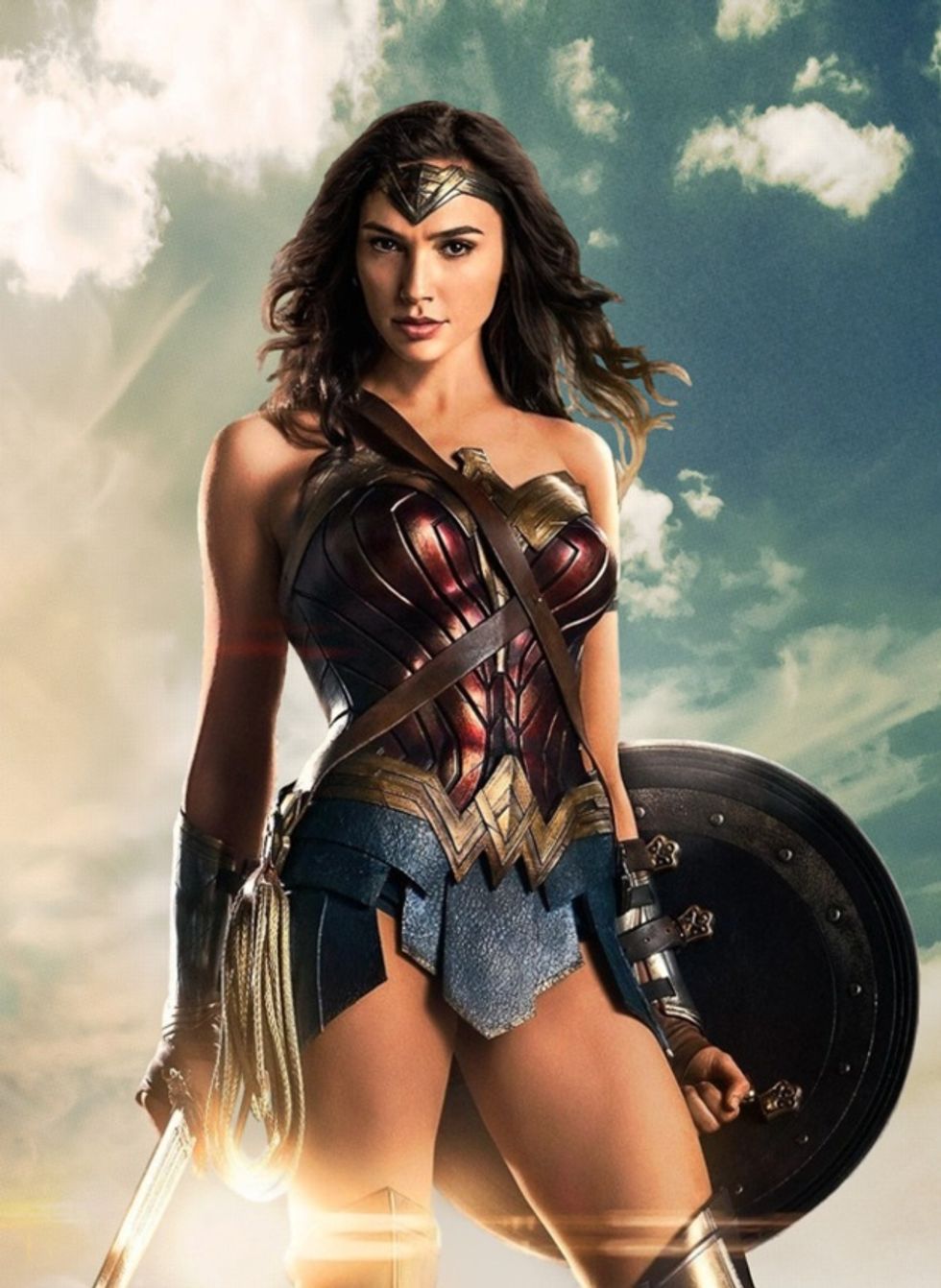
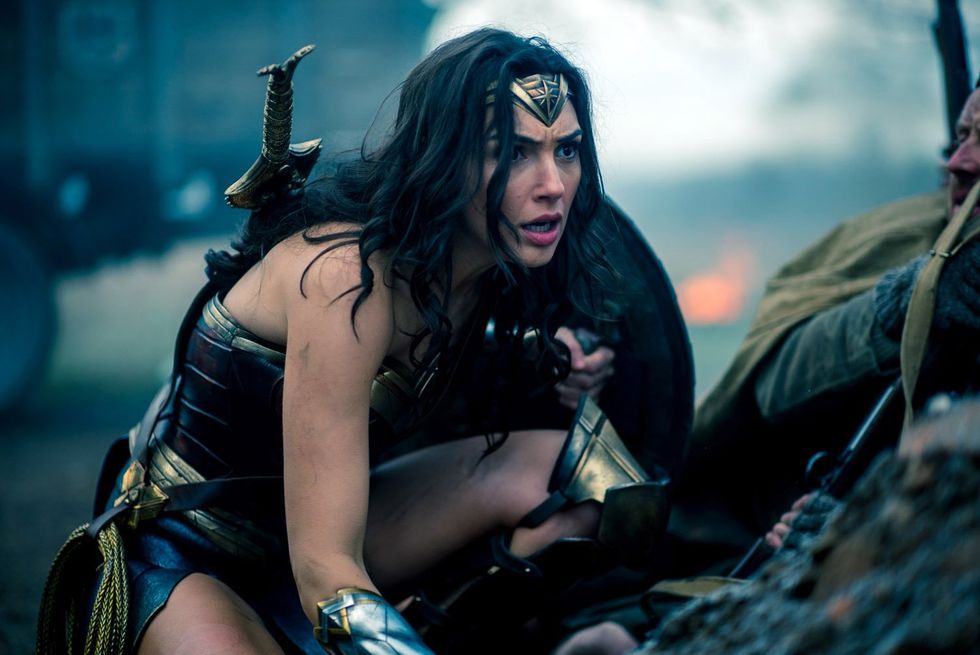




 The minimum wage is not a living wage.
StableDiffusion
The minimum wage is not a living wage.
StableDiffusion
 influential nations
StableDiffusion
influential nations
StableDiffusion







